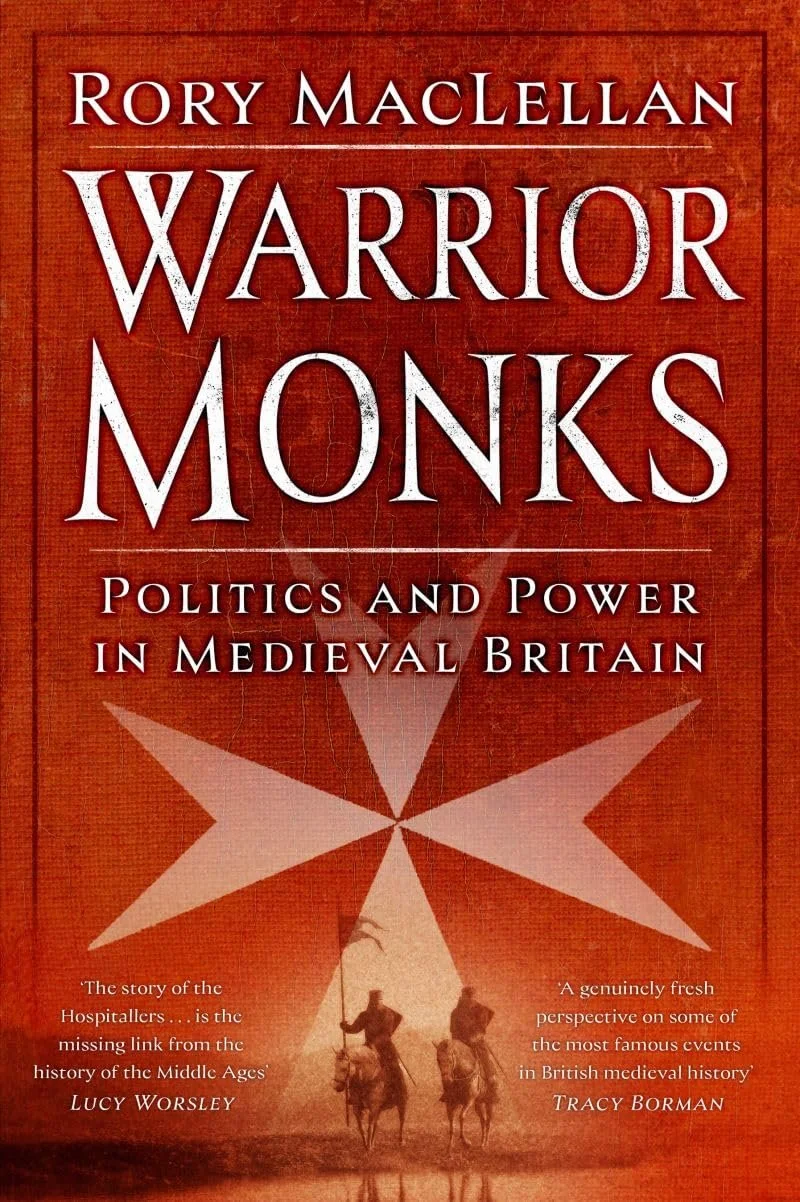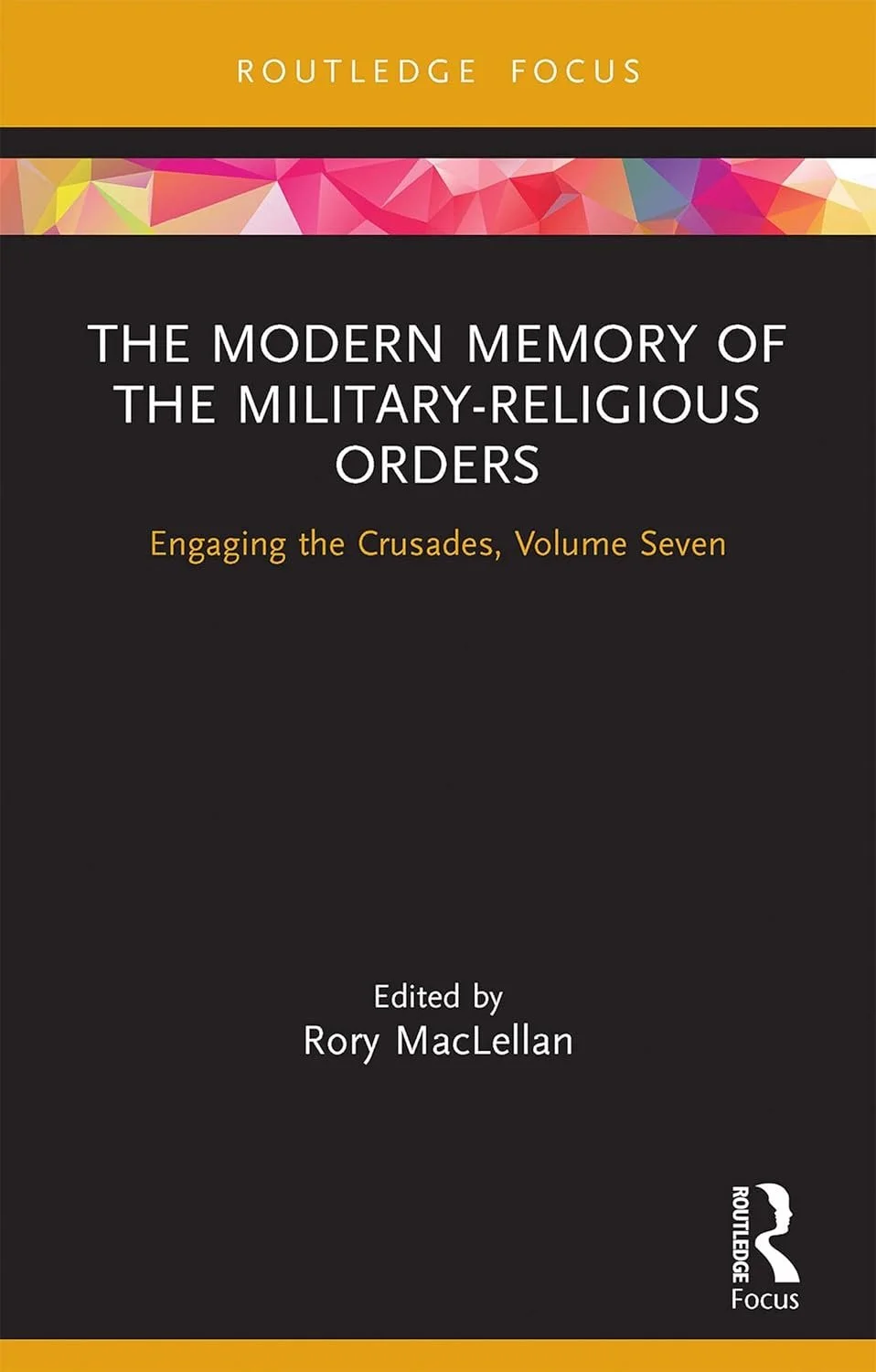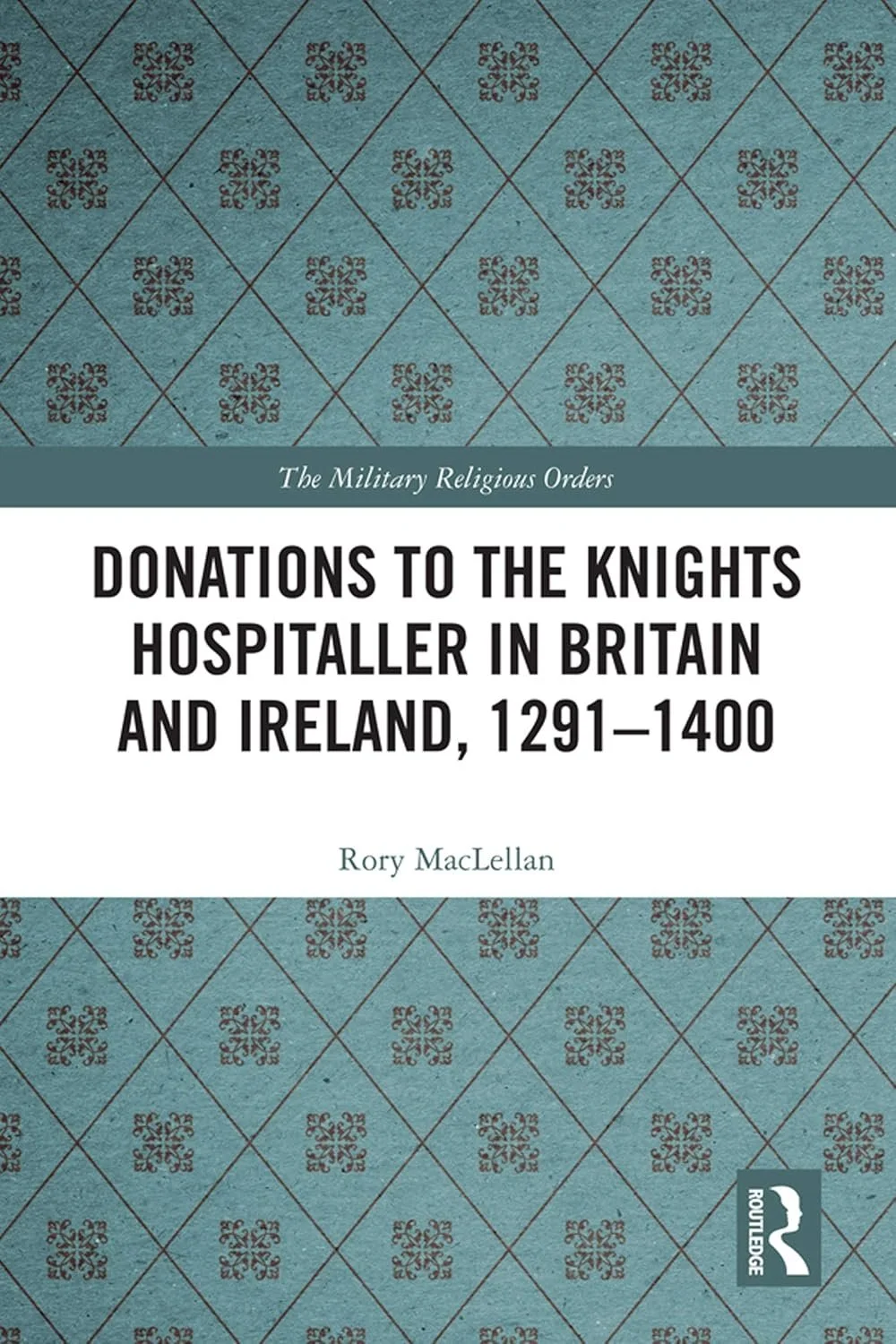The story of the Knights Hospitaller and their part in the wars, plots, and intrigue of medieval Britain. Commonly known as warrior monks, the Hospitallers were a religious and military order that fought to defend the Holy Land, supposedly above war and petty politics. But in Europe they became entangled in local government, taking up positions as royal commanders, administrators and politicians. They led armies, attended Parliaments, and joined court intrigues and civil wars.
While the Knights Templar have long captured the public imagination, the Hospitallers were just as influential, yet their story has been left largely untold – until now. From the English invasion of Ireland through to Henry VIII’s Dissolution of the Monasteries and beyond, the Hospitallers’ story in Britain and Ireland sees the brethren drawn into civil wars, violent feuds, duels, assassinations and witchcraft.
Employing the latest research, Warrior Monks reveals the fascinating account of medieval Britain through the eyes of the Knights Hospitaller: a powerful order that made kings, toppled regimes and shaped history.
Out on 25 September.
‘The story of the Hospitallers … is the missing link from the history of the Middle Ages’ - Lucy Worsley
‘A genuinely fresh perspective on some of the most famous events in British medieval history’ - Tracy Borman
Templars, Hospitallers, and Teutonic Knights, the military orders are among the most iconic aspects of the crusades and several still survive as chivalric honours or charities. In pop culture, the orders, particularly the Templars, have been the subject of or inspiration for films, books, television, and video games, from Star Wars to The Da Vinci Code and Assassin’s Creed.
In this volume, an overview of the early legacies of the military orders in the seventeenth and eighteenth centuries is followed by studies of the Templar conspiracy theories of Rosslyn Chapel, the Venerable Order of St John’s creation of a medieval past, the legacy of the Hospitallers in modern Greece, the military orders in nineteenth-century Mexico, and the use of the Knights Templar by the far-right in Bolsonaro’s Brazil.
The first study of donations to the Knights Hospitaller throughout England and Ireland during the late-thirteenth and fourteenth centuries. This book examines why people chose to support the Hospitallers, the importance of family connections and spiritual benefits.


